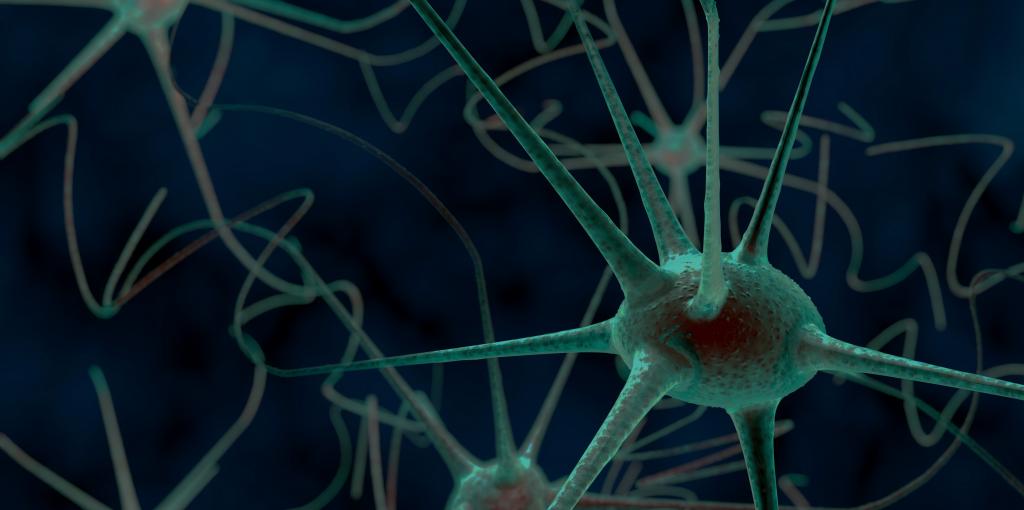Upcoming Events
Neuroscience PhD Dissertation Defense: Keivan Moradi
Apr 19, 2021, 12:00 - 3:00 PM
Virtual, via Zoom.
Please email gscott21@gmu.edu for link access.
DATA-DRIVEN MODELING OF HIPPOCAMPAL SYNAPTIC ELECTROPHYSIOLOGY
Keivan Moradi, M.D. and Ph.D.
George Mason University, 2021
Dissertation Director: Dr. Giorgio A. Ascoli
Abstract: Synapses are structures that mediate neuronal communication, and data-driven computer simulations of neural circuits afford more explanatory power when coupled with synaptic physiology data. My research indicates that more than twelve hundred peer-reviewed studies have investigated the synaptic signaling or neuronal architecture of the rodent hippocampal formation. However, to the best of my knowledge, no publicly available repository has been compiled to organize these synaptic recordings. The synaptic data are either the numerical values of the synaptic signal parameters (in text format) or the graphical representation of synaptic signal (in image format). Even after compiling such a repository, the application of the data or the comparison of synaptic properties reported in two different studies is limited, due to the great diversity of experimental settings. Specifically, synaptic signals can be acquired under eight different recording modalities, are quantified with more than ninety different measurement methods (“synaptometrics”), and are sensitive to detailed experimental conditions. Moreover, the identities of the presynaptic or postsynaptic neuronal types that are connected by recorded synapses (“mapping”) are uncertain in most cases.
I mined the synaptic electrophysiology data of the hippocampus and entorhinal cortex; cataloged the respective modalities, synaptometrics, and mappings for all the signals; corrected systematic voltage measurement errors; calculated the reversal potential of the synapses; digitized the signals or reconstructed them based on synaptometrics; and estimated analogous synaptic parameters using mathematical simulations. Then, in the first application of this kind ever, I normalized and completed the data using “TensorFlow,” a deep learning tool, to provide one constant to quantify amplitude, one constant to assess kinetics, and three constants for short-term plasticity of each of the connections. The result of my endeavors is that the synaptic properties of all 3120 potential connections in the hippocampal formation are now freely available online, in thirty-two different recording settings, via the public Hippocampome.org knowledge base. All the data are comparable in each of the settings since the mapping uncertainty is eliminated and the data are normalized with respect to covariates. The analysis of the normalized data enabled numerous novel scientific findings. For instance, synaptic amplitude is a predictor of synaptic kinetics and short-term plasticity; animal sex, recording method, and intracellular gluconate concentration are some of the most potent covariates of the synaptic amplitudes; and morphological features and biomarkers significantly influence synaptic properties.
Despite the “big data” resource generated in this work and interesting discoveries, I consider my main contributions to be a systematic method to organize and integrate synaptic physiology data and engineering all the tools required for this purpose. This provides a powerful and practical approach to systematically investigate the synaptic electrophysiology of other brain regions or species in the future.
